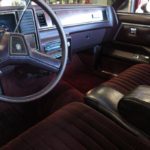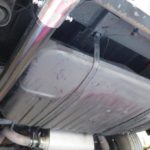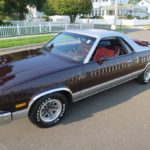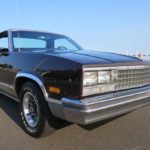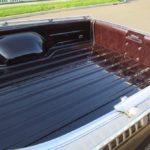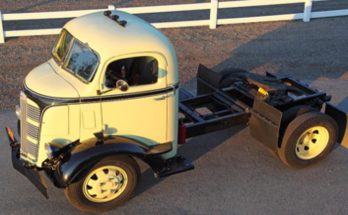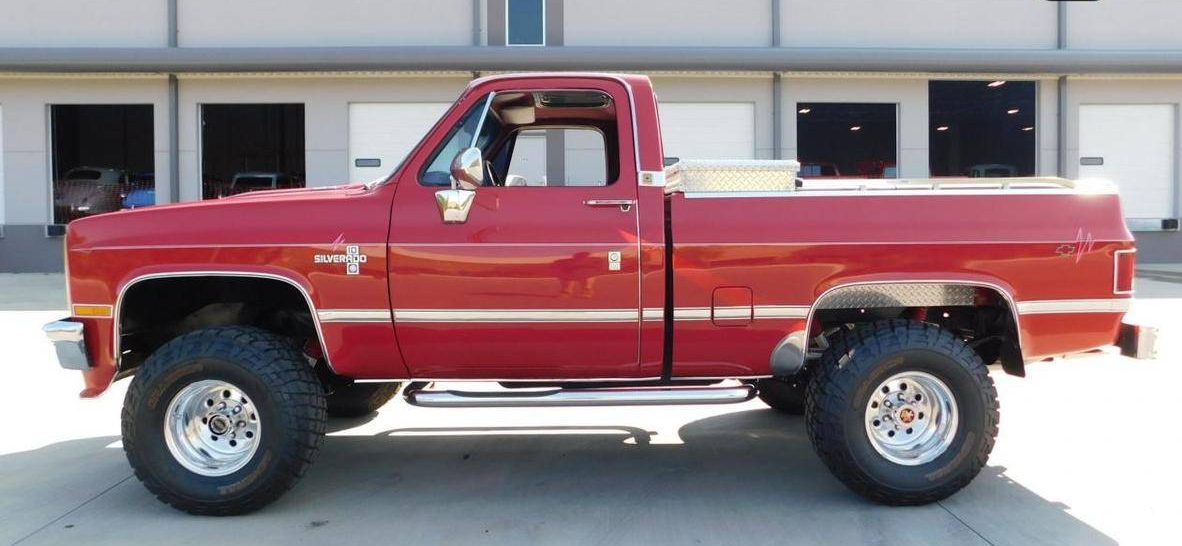Did you know that the reason the El Camino truck even exists is because of the wife of an Australian farmer? In the early 1930’s, Chevrolet received a letter from a farmer’s wife who wished for a car that she would feel comfortable driving into town, but that could also be used for farm chores. The truck was the first of Chevrolet’s utility coupes, an alteration of a station wagon, utilizing the design in order to incorporate the truck bed. Though it premiered in Australia, the truck eventually made its way to America, debuting in the late 1950’s and sticking around until the late 1980’s. Styled as a coupe utility pickup muscle car, the El Camino truck may not be spending as much time on the farm as previously expected, since it does well with the muscle car crowd and can be seen cruising downtown streets at any time of day or night.
During its run, the El Camino went through five generations, and by the end of the late 80’s, it was available with a variety of trims, engine choices, and various conversion packages. Later models were trimmer than the first few generations, and the last vehicles had V6 engines instead of the V8 it had been offered with in the 1960’s and 1970’s.
After its entrance into the market, the El Camino truck received some competition from Ford, with its own version, The Ranchero. Initially, the El Camino was more popular, since the conservatively designed Ranchero wasn’t as snazzy as the newer truck, but in a few years, the tides turned, and the El Camino was discontinued due to plummeting sales after a re-vamp. There have been various prototypes that used the El Camino as inspiration, but so far, there hasn’t been a resurfacing of the truck. Here’s hoping this guy revs back up sometime in the near future.
You can see our gallery for this one below. All the images on our website expand when you click them, so you can get a better look.
For more from Hemmings, find them indexed in our vehicles, trucking and RVing directory. You can search for the company’s name and look for suppliers and dealers in an area near you by looking at our regional headers. And to see more Trucks, click here.
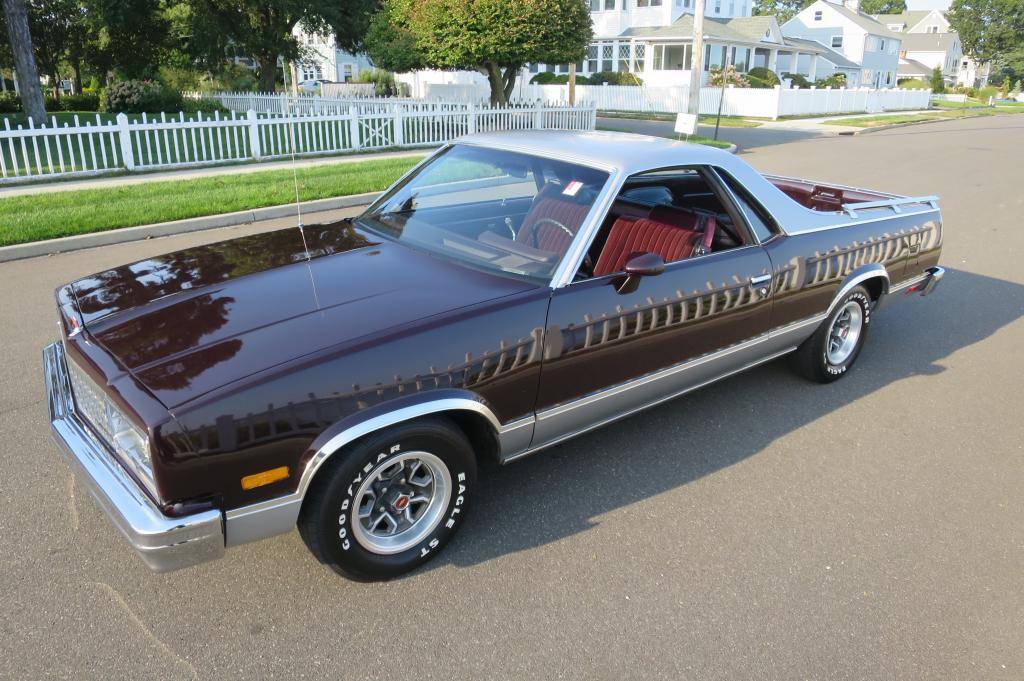 " >
" >
